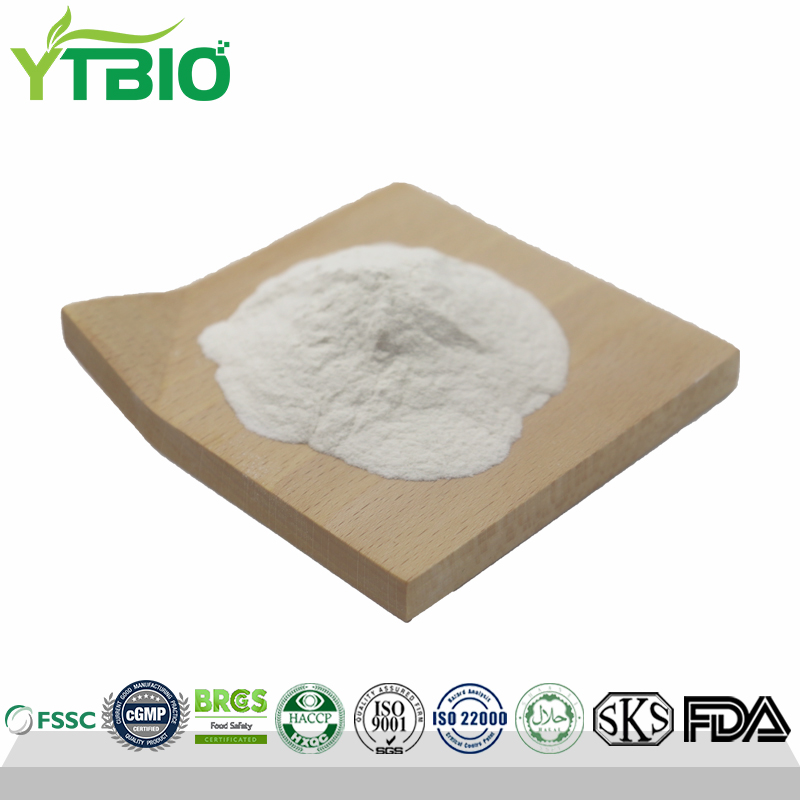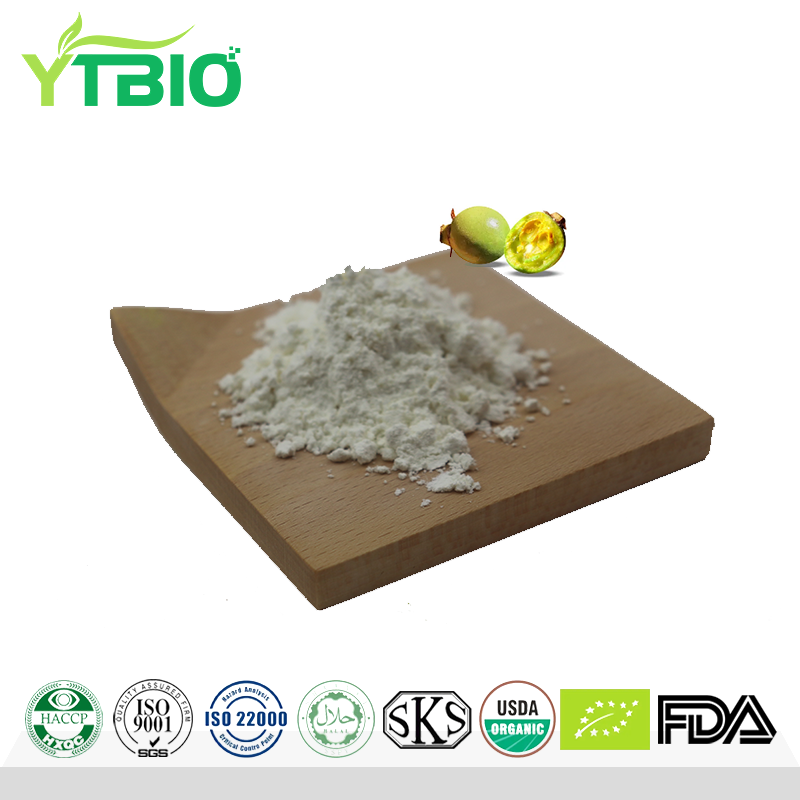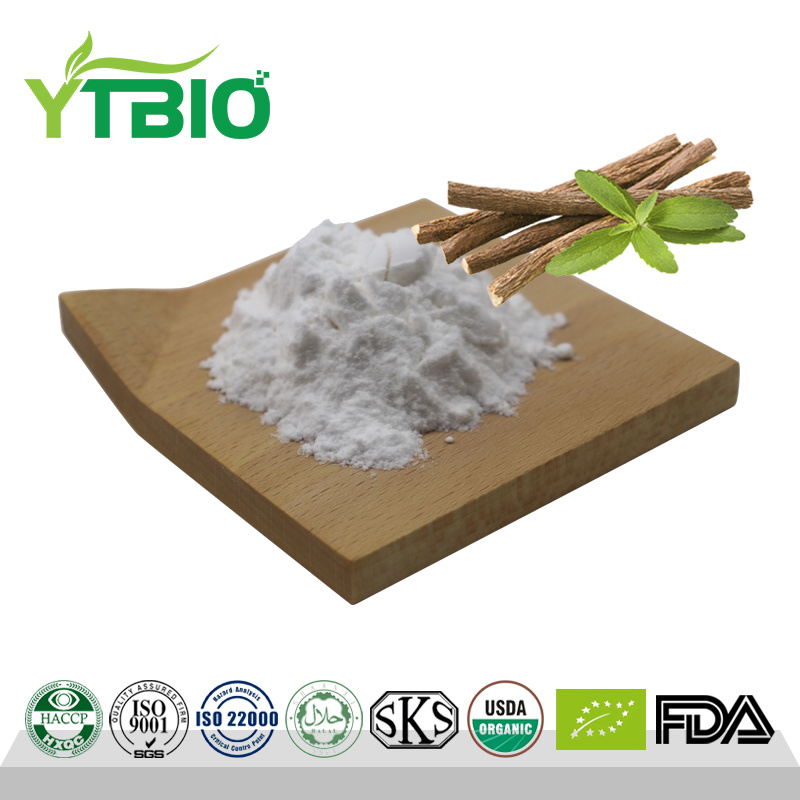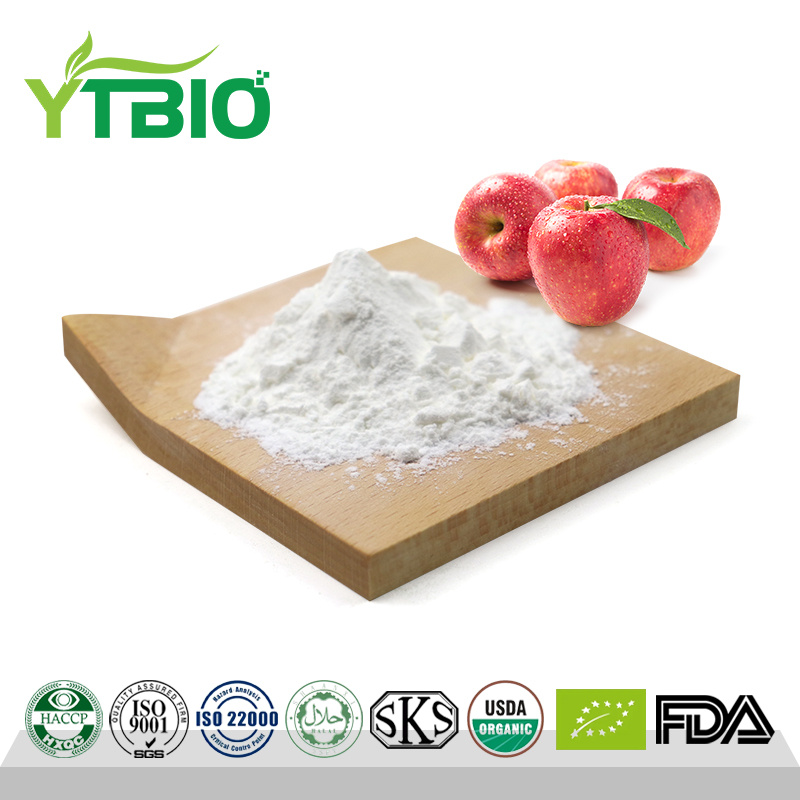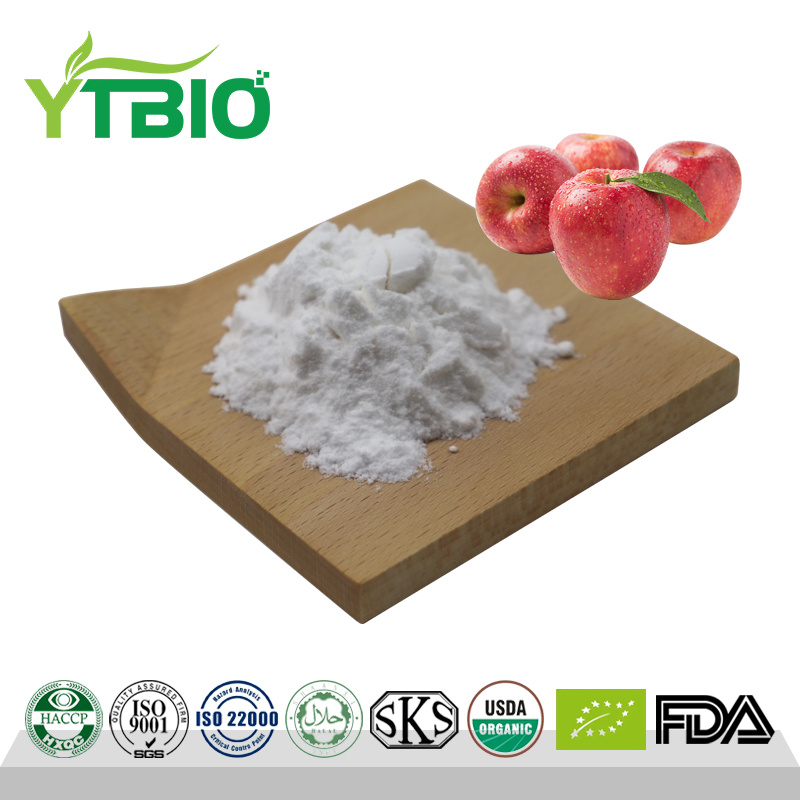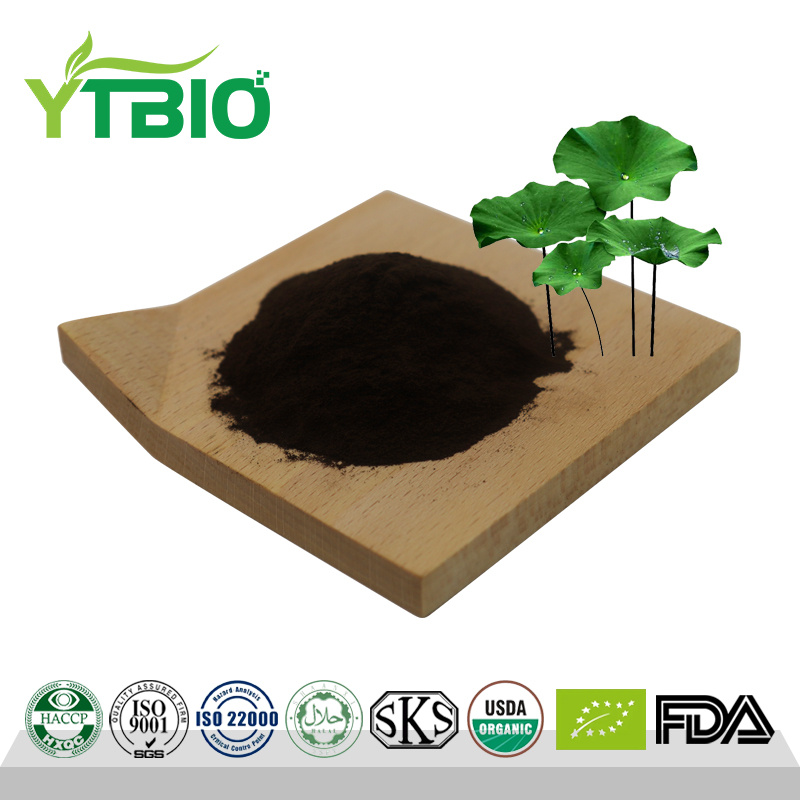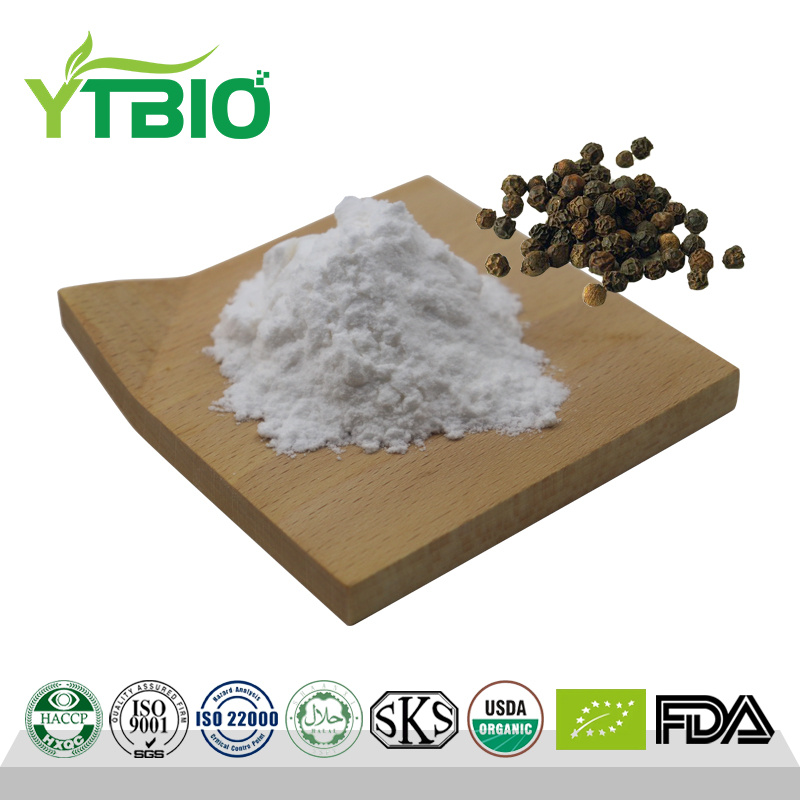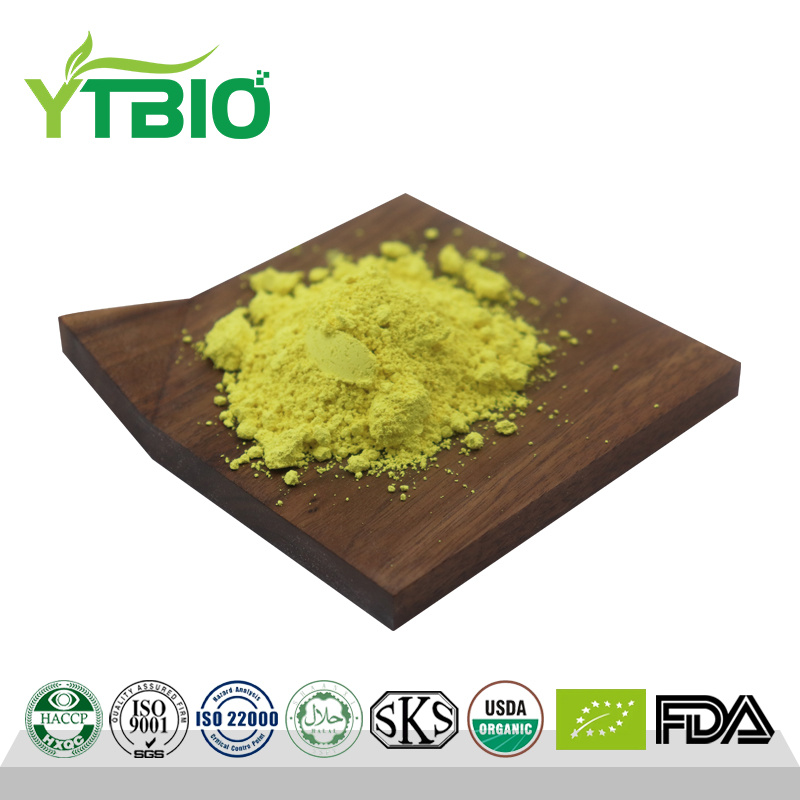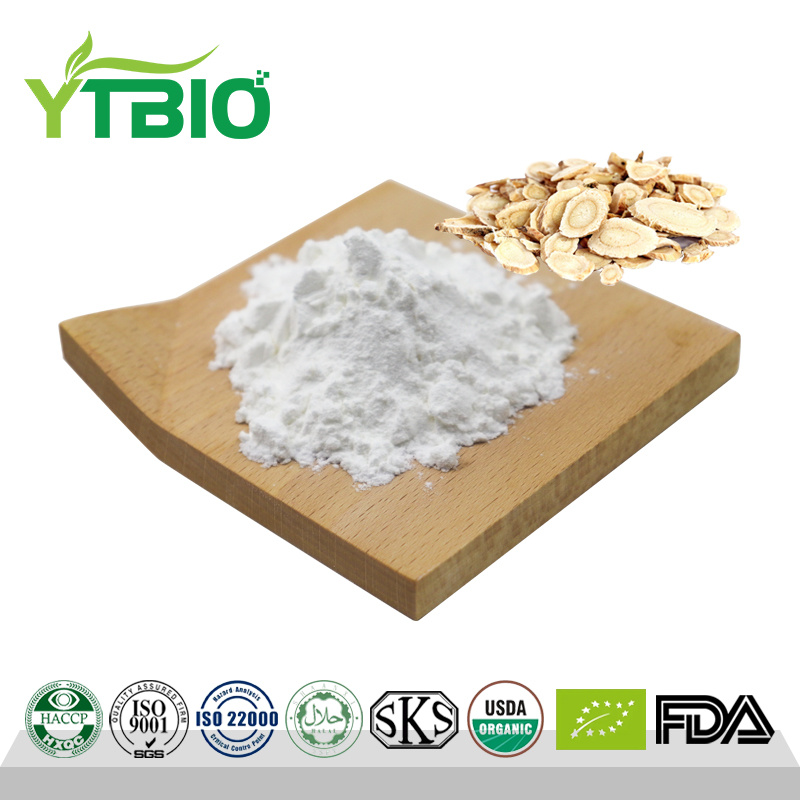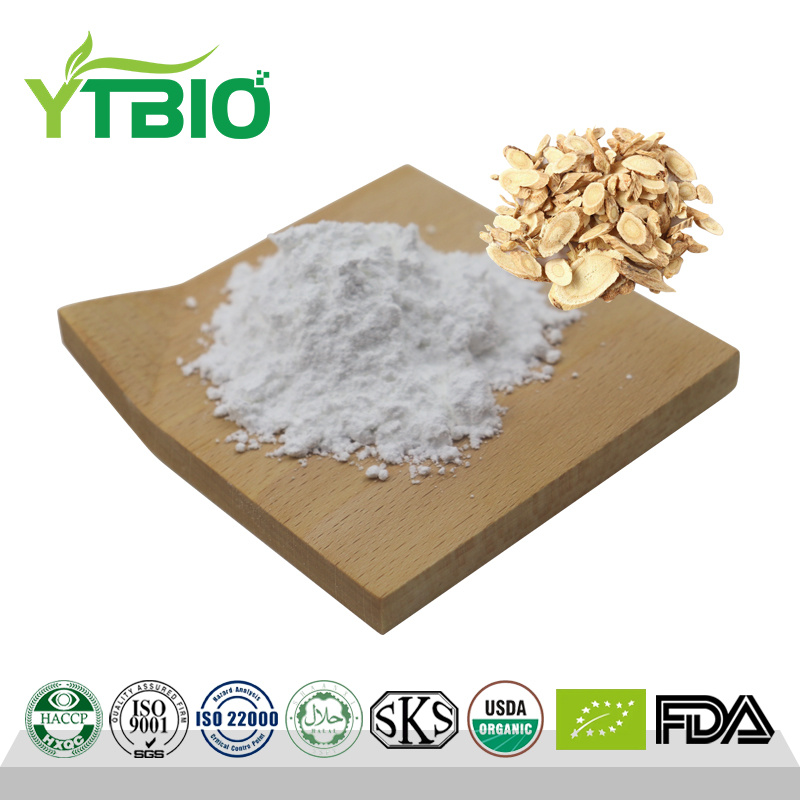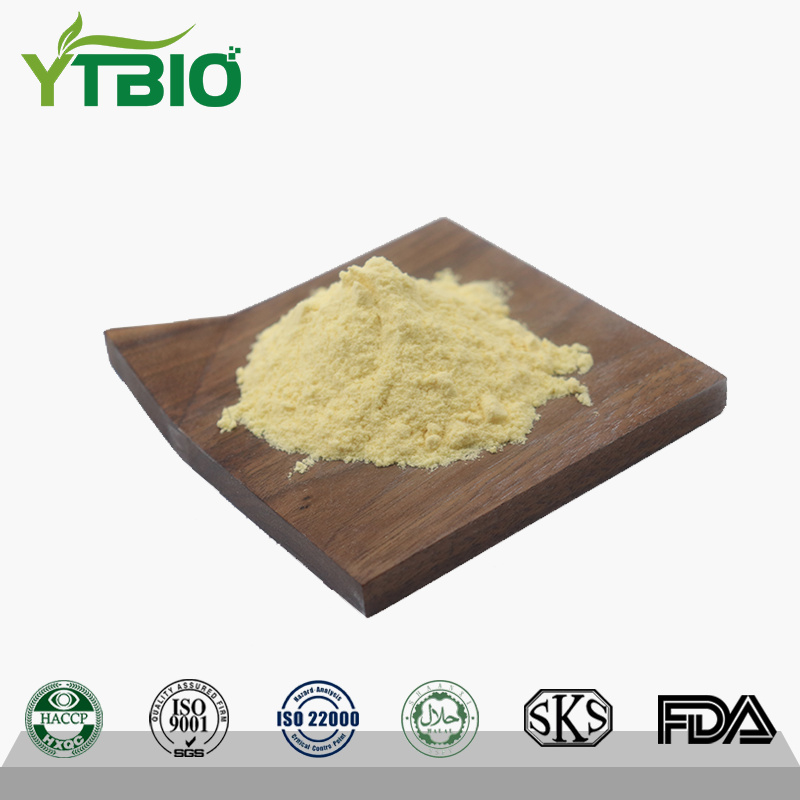Usnea Acid/Usnic Acid 98% Powder
Usnic Acid: A Multifunctional Natural Active Ingredient
Usnic acid (also known as lichen acid) is a natural compound extracted from lichen species of the genus Usnea. Its unique biological activities make it widely applicable in both medical and cosmetic fields.
In the medical field, usnic acid exhibits significant antibacterial properties, particularly selective inhibition of Gram-positive bacteria (such as streptococci). This characteristic makes it a potential natural remedy for treating oral infections (such as dental caries and periodontitis) and skin infections (such as burns and psoriasis). Its anti-inflammatory and wound-healing properties also show clinical efficacy for mucosal lesions, such as oral ulcers and vaginitis, while accelerating tissue repair in wounds.
In the personal care industry, usnic acid's broad-spectrum antimicrobial ability is utilized as a safe and effective preservative. It is widely used in oral care products, such as toothpaste and mouthwash, where it targets and inhibits cariogenic bacteria to maintain oral microecological balance. In cosmetics, its anti-inflammatory and antioxidant properties are leveraged to develop functional skincare products for acne and sensitive skin.
Additionally, usnic acid can regulate immune responses by enhancing macrophage activity, thus boosting the body's defense mechanisms. This "natural antibiotic" offers a multi-target mechanism, which avoids the irritative effects of chemical preservatives and provides an innovative plant-based option for developing new antibacterial and anti-inflammatory formulations.
Core Biological Activities and Medical Value of Usnic Acid
1.Antioxidant Defense System
● Mechanism of Action: Directly scavenges free radicals (ROS/RNS) and inhibits lipid peroxidation chain reactions.
● Disease Intervention:
Reduces the risk of cardiovascular oxidative damage (reducing LDL oxidation by 40%-50%).
Protects neurons from oxidative stress, slowing the progression of Alzheimer's disease.
Application Development: Used as a natural antioxidant in preventive drugs and functional foods.
2.Anti-inflammatory Regulatory Network
Target Inhibition:
● Blocks the NF-κB signaling pathway, reducing the release of pro-inflammatory factors such as TNF-α and IL-6 (inhibition rate >60%).
● Downregulates COX-2 expression, reducing the synthesis of prostaglandin E2.
Clinical Potential:
● Rheumatoid Arthritis: Relieves joint swelling (symptoms reduced by 55%-70% in animal models).
● Inflammatory Bowel Disease: Repairs intestinal mucosal barriers (expression of tight junction protein occludin increased by 2-3 times).
3.Antimicrobial Activity
Antibacterial Spectrum:
● Effective against Gram-positive bacteria (e.g., Staphylococcus aureus), with MIC as low as 8 μg/mL.
● Selectively inhibits cariogenic streptococci (reduces biofilm of Streptococcus mutans by 80%).
Antiviral Properties:
● Disrupts HSV-1 virus capsid protein assembly (EC50 = 12.5 μM).
● Inhibits hemagglutinin activity of the influenza virus.
Transformation Direction:
● Can replace antibiotics in wound dressings.
● Potential lead compound for new drugs targeting drug-resistant infections.
Diverse Applications of Usnic Acid
Health Management
● Immune Regulation: By activating macrophages and NK cell activity, it enhances the body’s nonspecific immune function. This makes it suitable for use in immune-boosting health supplements (e.g., oral liquids, capsule formulations).
● Chronic Disease Prevention: Its antioxidant properties are utilized in developing functional foods for anti-fatigue and cardiovascular protection.
Personal Care Industry
Oral Health:
● As a core ingredient in toothpaste, it inhibits the biofilm formation of Streptococcus mutans (reduction rate >80%).
● Combined with fluoride, it enhances the anti-cavity effect (clinical studies show a 45% reduction in cavity occurrence).
Skin Care:
● Added to acne control skincare products, with an MIC value of 5 μg/mL against Propionibacterium acnes.
● Replaces traditional preservatives (e.g., phenoxyethanol) to reduce the irritant effects of cosmetics.



